Hello to all! The monumental building located on the main square of Pinsk attracted my attention. In addition, the picturesque Pina River is located nearby. This architectural monument of the 17th century containing features of the Baroque and Renaissance is the oldest building in the capital of the Belarusian Polesie. But also one of the oldest cultural buildings on the territory of the geographical Polesia, including the territory of modern Belarus, Poland, Russia and Ukraine. The Pinsk Collegium of the Jesuits was built in the mid-1600s at the expense of the Chancellor of the Grand Duchy of Lithuania. However, construction was frozen several times and took a total of 44 years. To date, the Collegium is a masterpiece of architectural architecture on the territory of the Republic of Belarus.
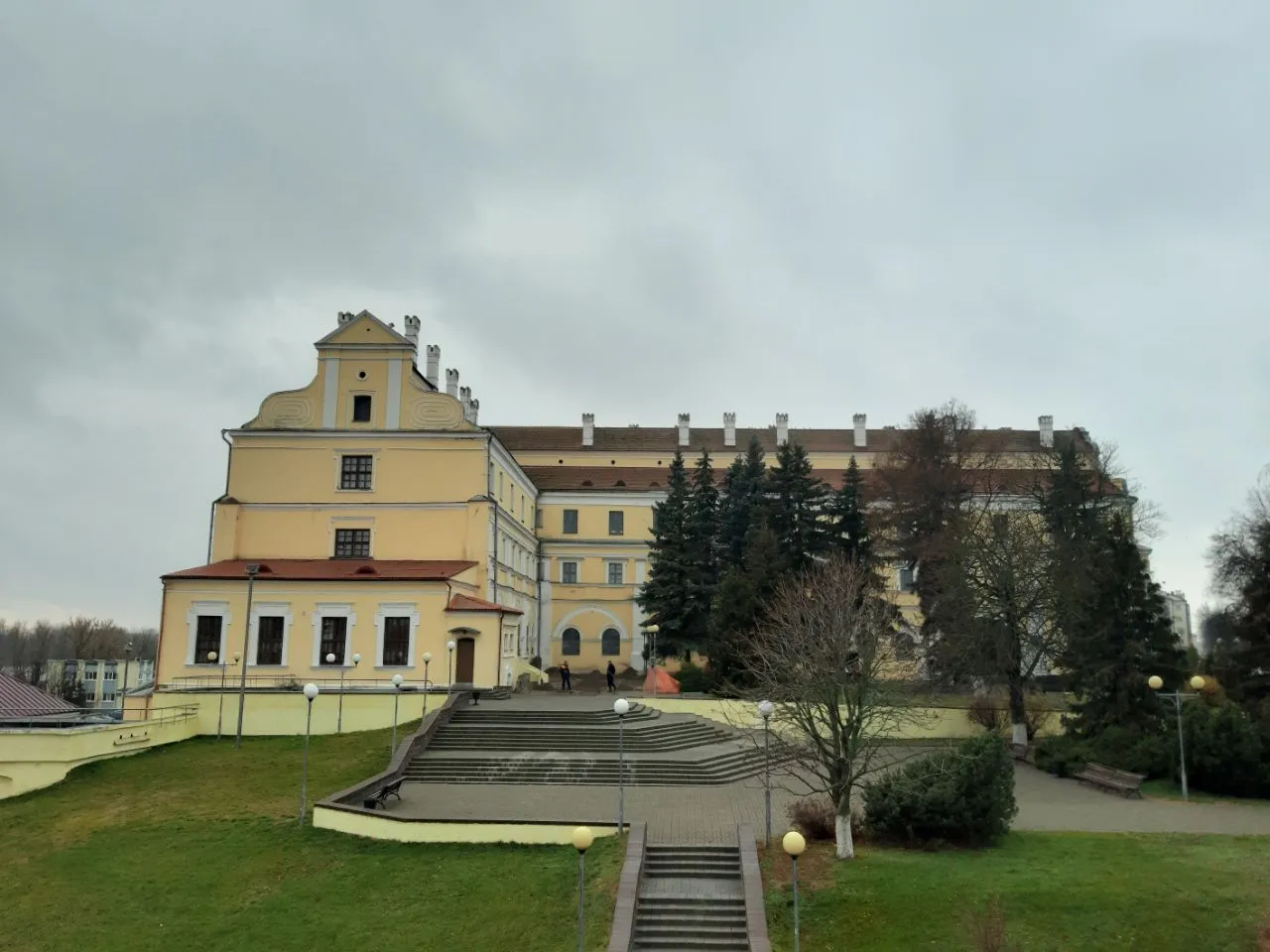
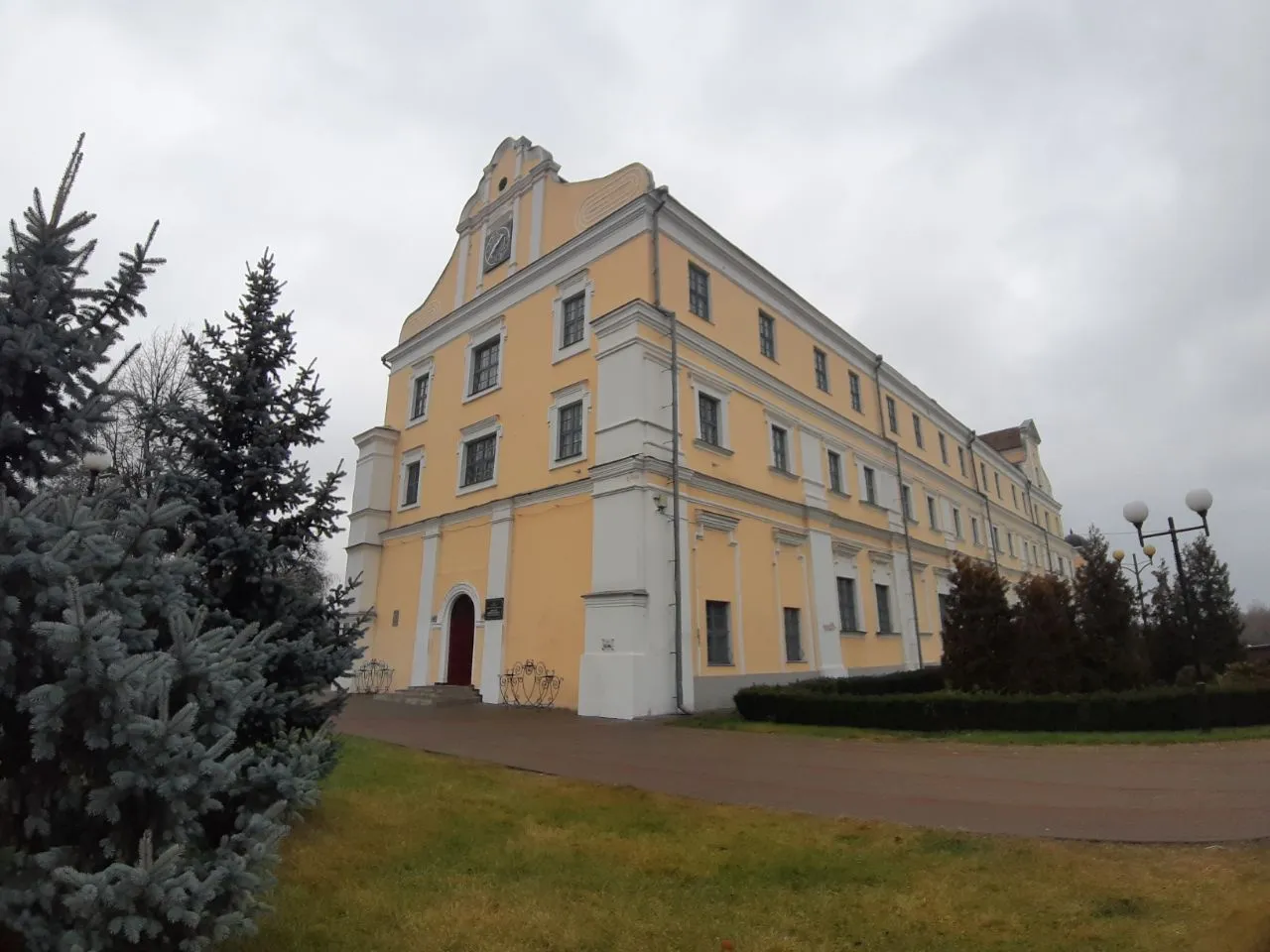
Unfortunately, all the greatness of the interior of the Collegium of the Jesuits has not reached our times. Only two buildings remain. For several centuries, the church of St. Stanislaus was dominant. It was the largest building in the Grand Duchy of Lithuania, measuring 40,000 cubic meters. The majestic building was under the rule of the Jesuits, Basilians, Catholics and Orthodox. In 1706 the King of Sweden Charles XII visited the tower. The metamorphoses of time influenced the appearance, only the collegium retained its original style. Take a look at the archival photo of the past and present Pinsk Collegium.
 Archive photo
Archive photo
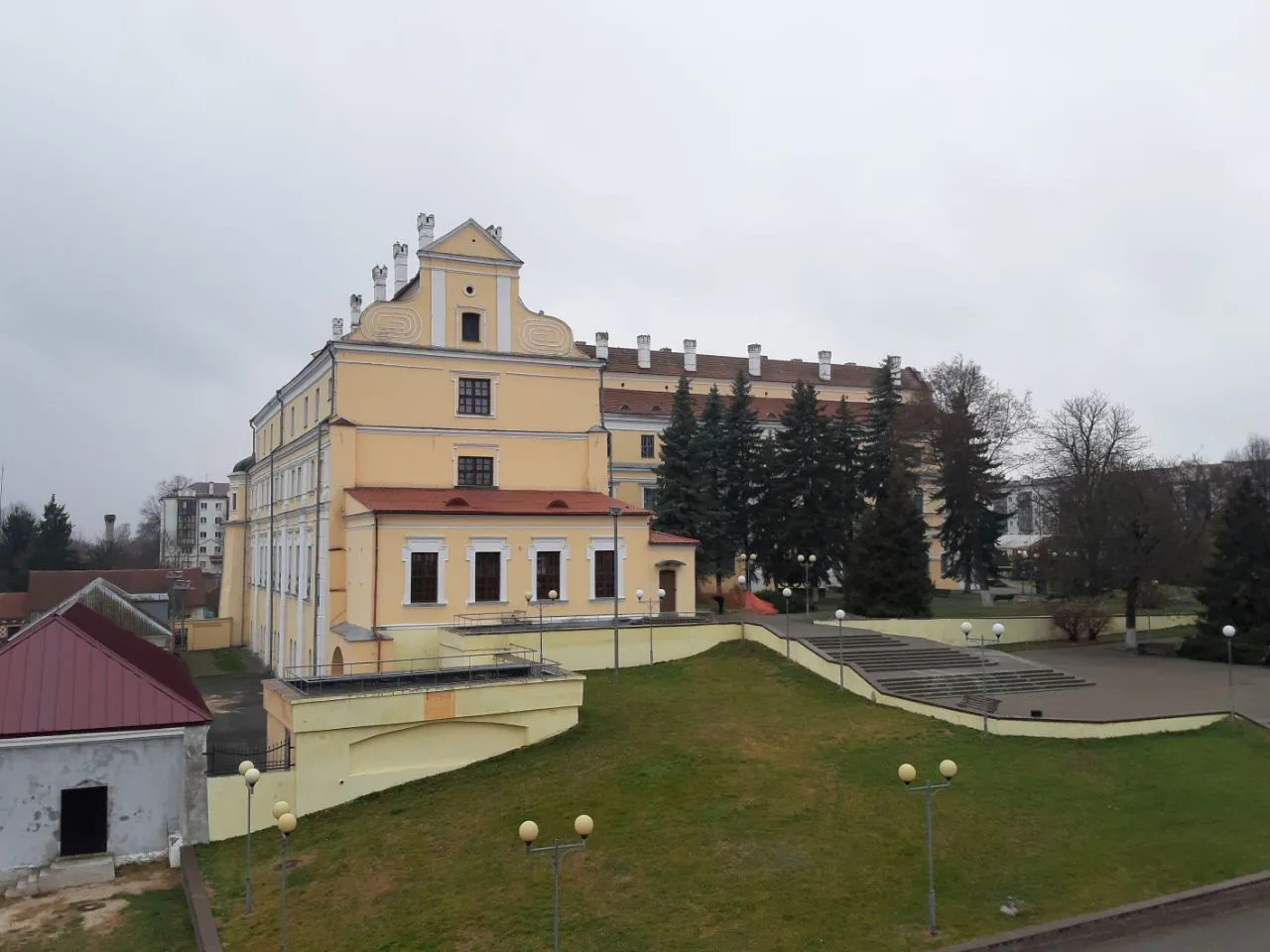 Modern view of the surviving buildings
Modern view of the surviving buildings

However, today the collegium impresses with its two-meter-thick walls. The windows of the building resemble loopholes, the building is full of secret underground passages that lead to the river. Under the ground are huge cellars that housed a large supply of food. All this was done so that the Collegium could withstand a long siege of enemy troops. Amazing solution.
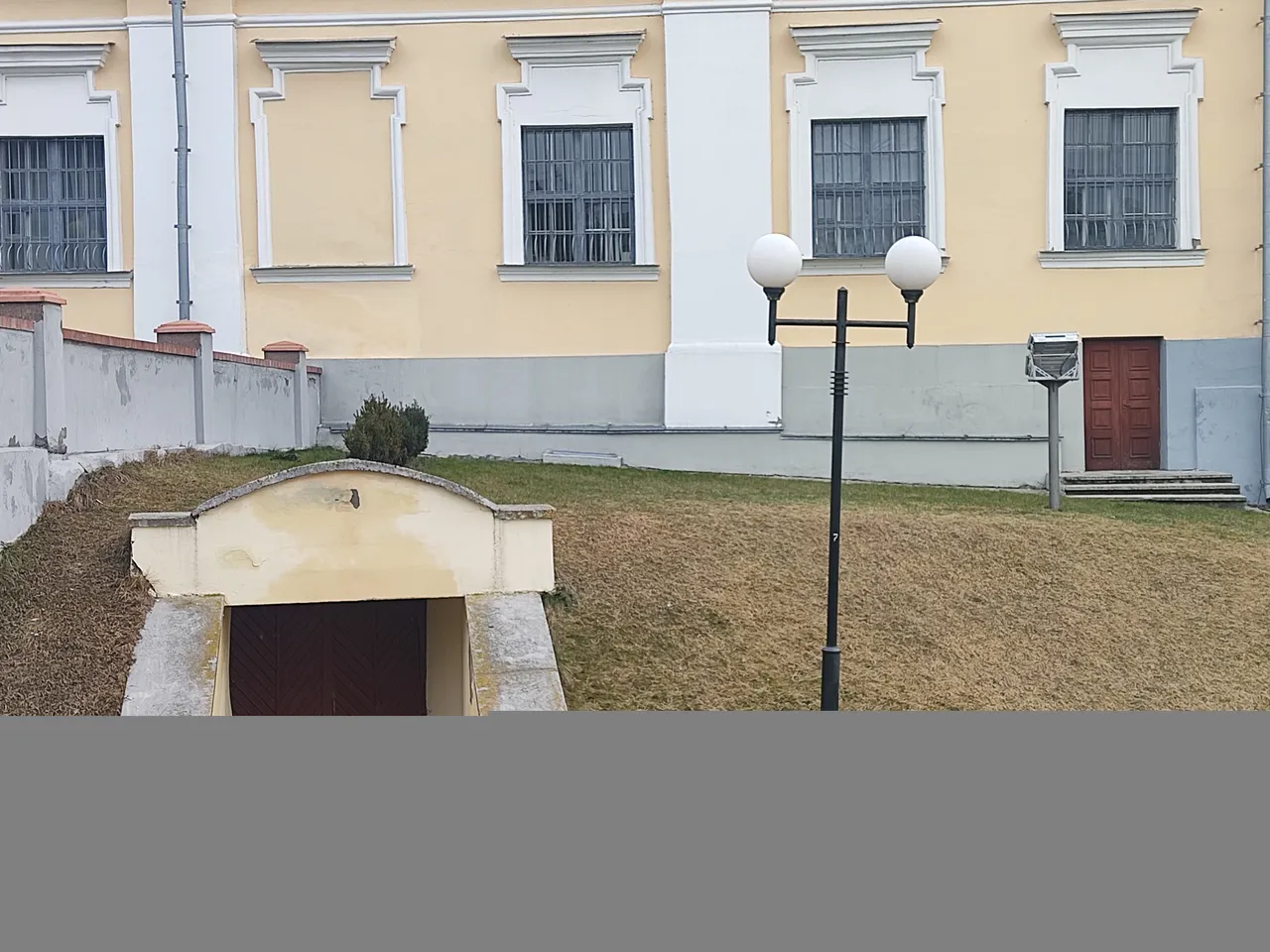

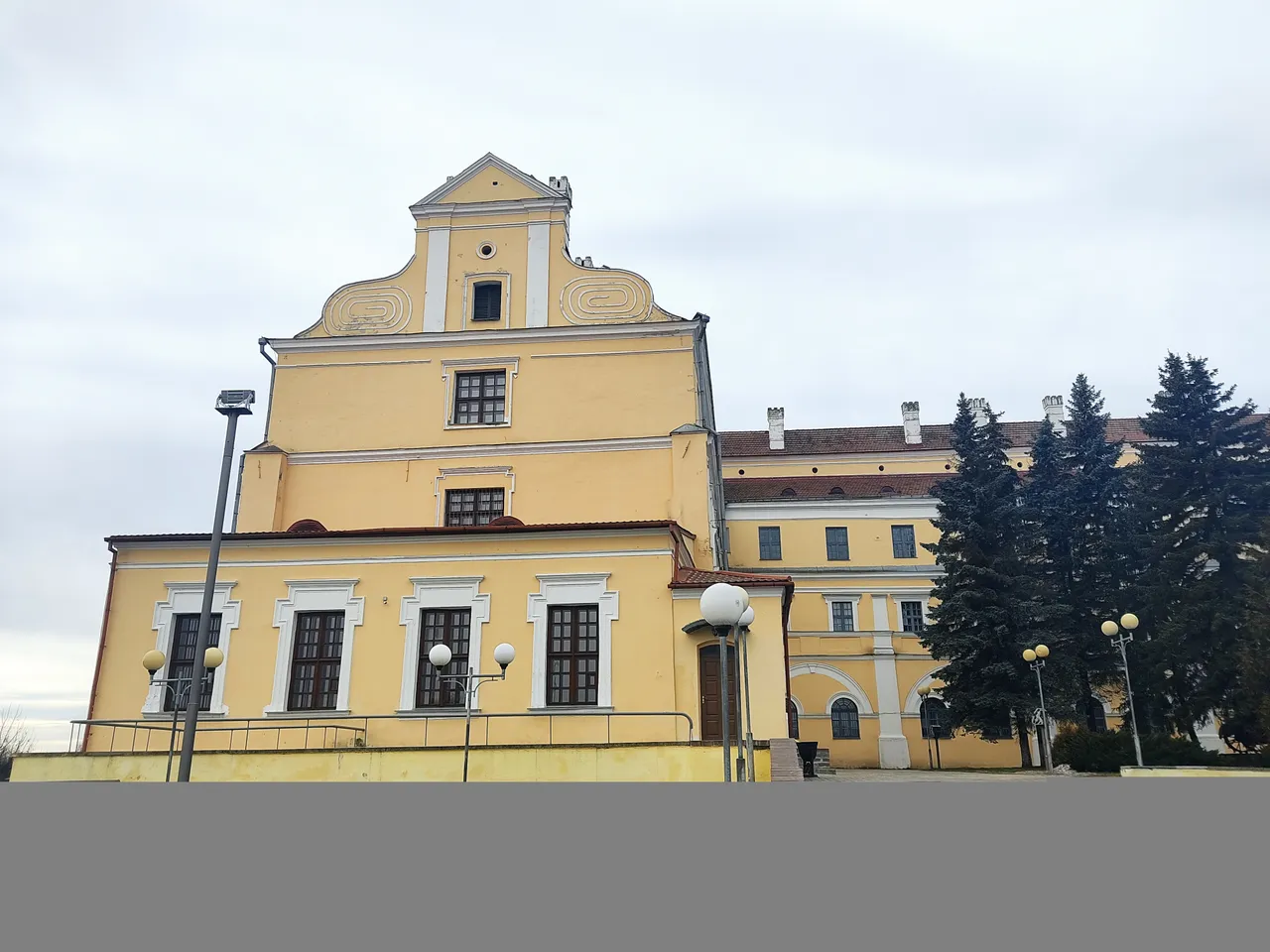
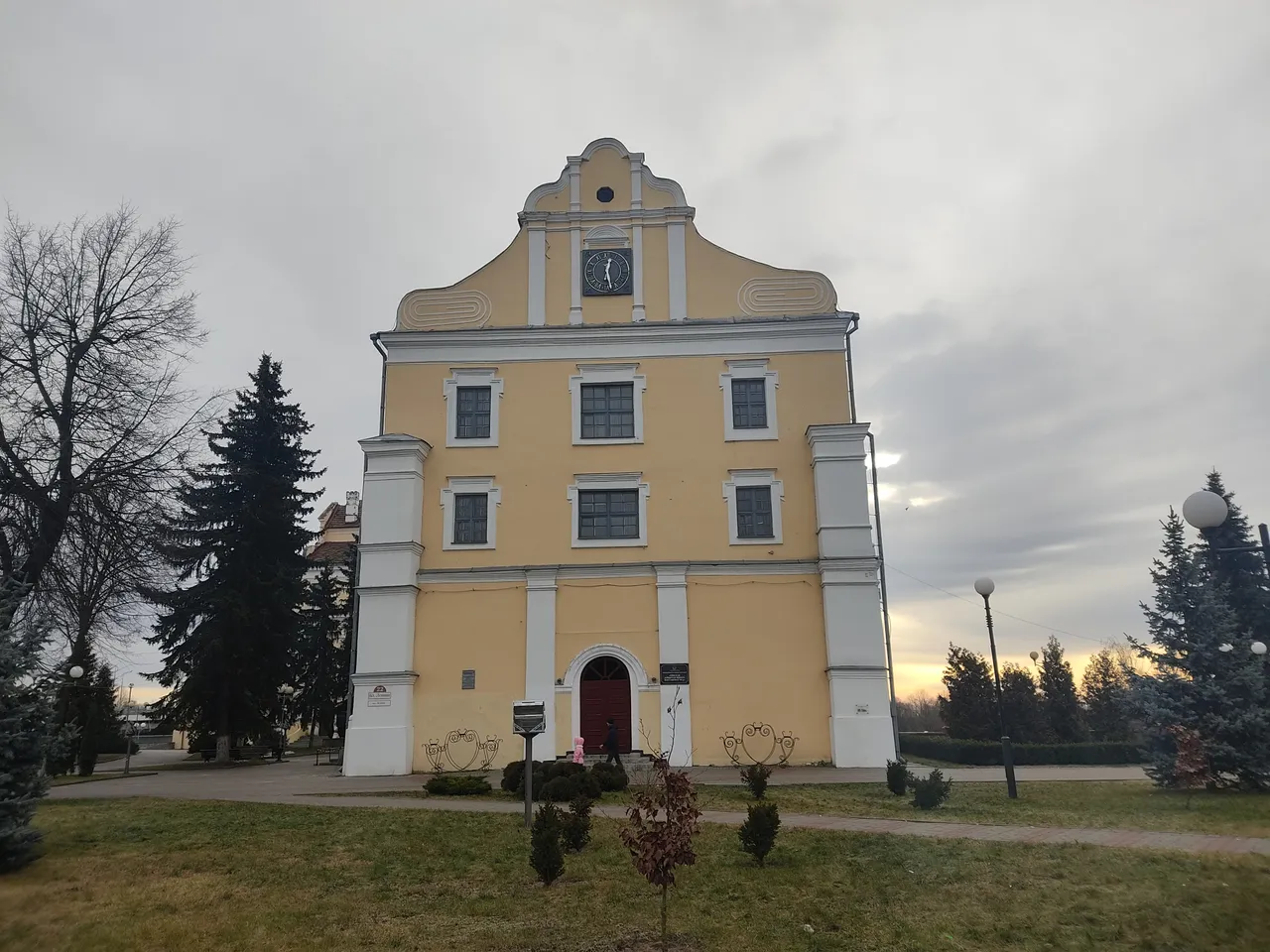
The Pinsk Collegium was one of the most prestigious institutions of that time. On the first floor there was a school and a cafeteria. On the second floor there are laboratories, a library and rooms for monks. It took five years to study. In order to get into the Jesuit order, it was necessary to undergo special training, which lasted 4 years. However, secular education could be obtained in 12-13 years. Imagine how long it takes to study. Every year the Pinsk Collegium received 700 students from all over the Grand Duchy of Lithuania. The pharmacy in this building was the first in Belarus and today it is older than many European pharmacies.
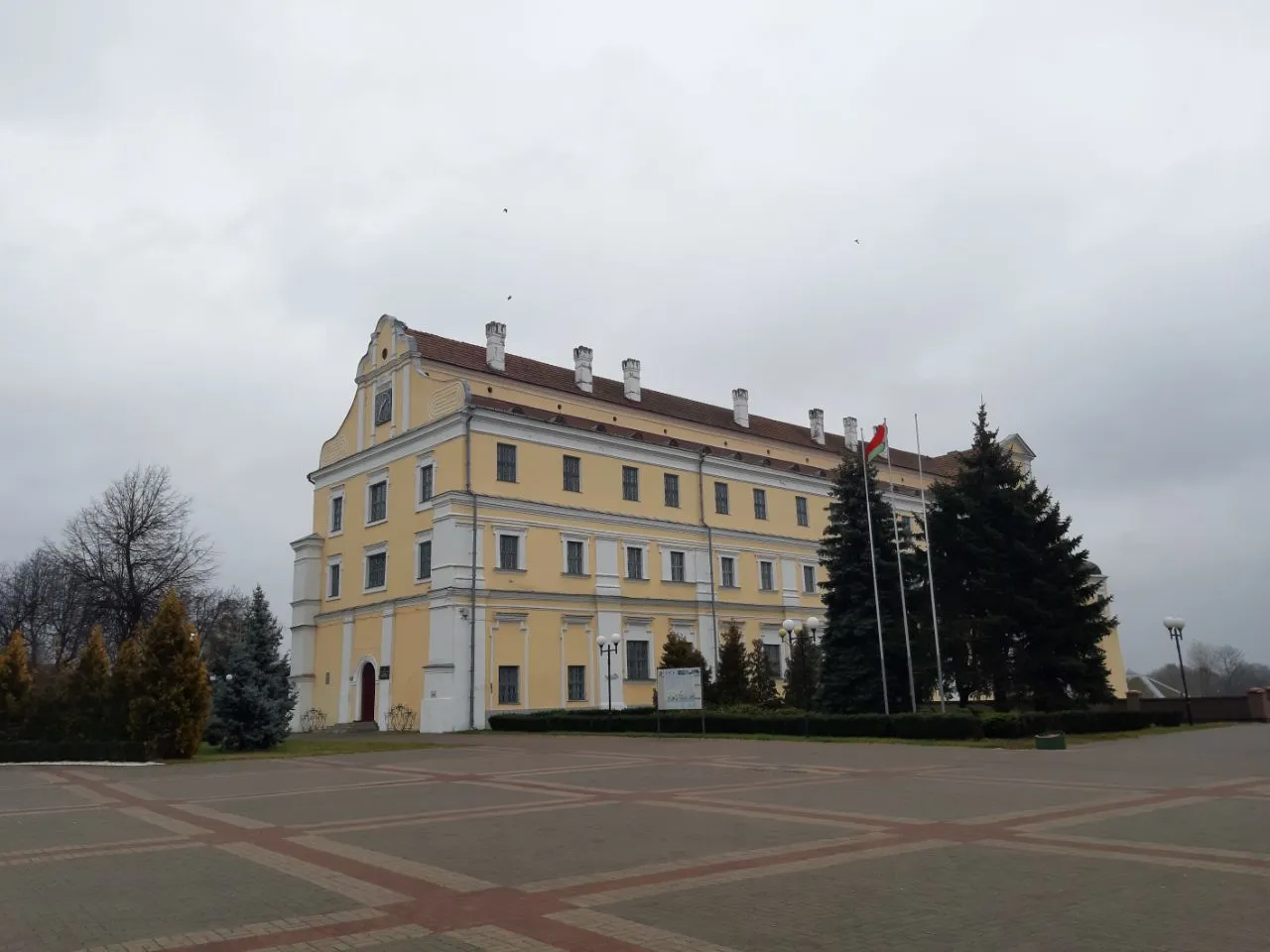
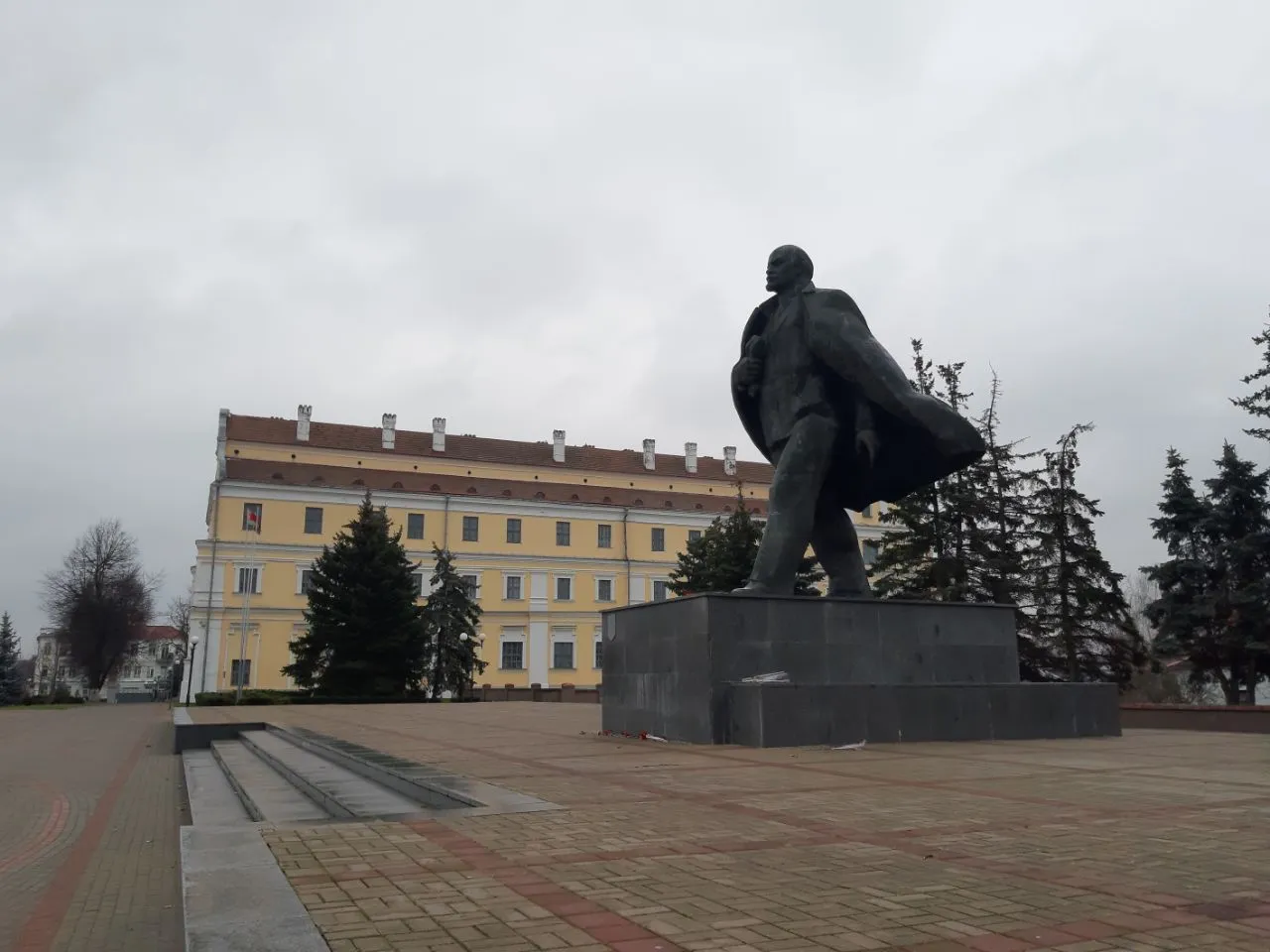 Collegium against the backdrop of the statue of Lenin.
Collegium against the backdrop of the statue of Lenin.
The Soviet authorities placed administrative and public institutions in the collegium building. It happened all over the place. Religion was taboo. During the Second World War, the building was badly damaged and was restored, but many of the original parts of the building were destroyed. Although the original surviving parts of the Jezuta Collegium were planned to be finally destroyed. But the collegium was saved. Today, in front of the entrances to the building there is a monument to the tractor.
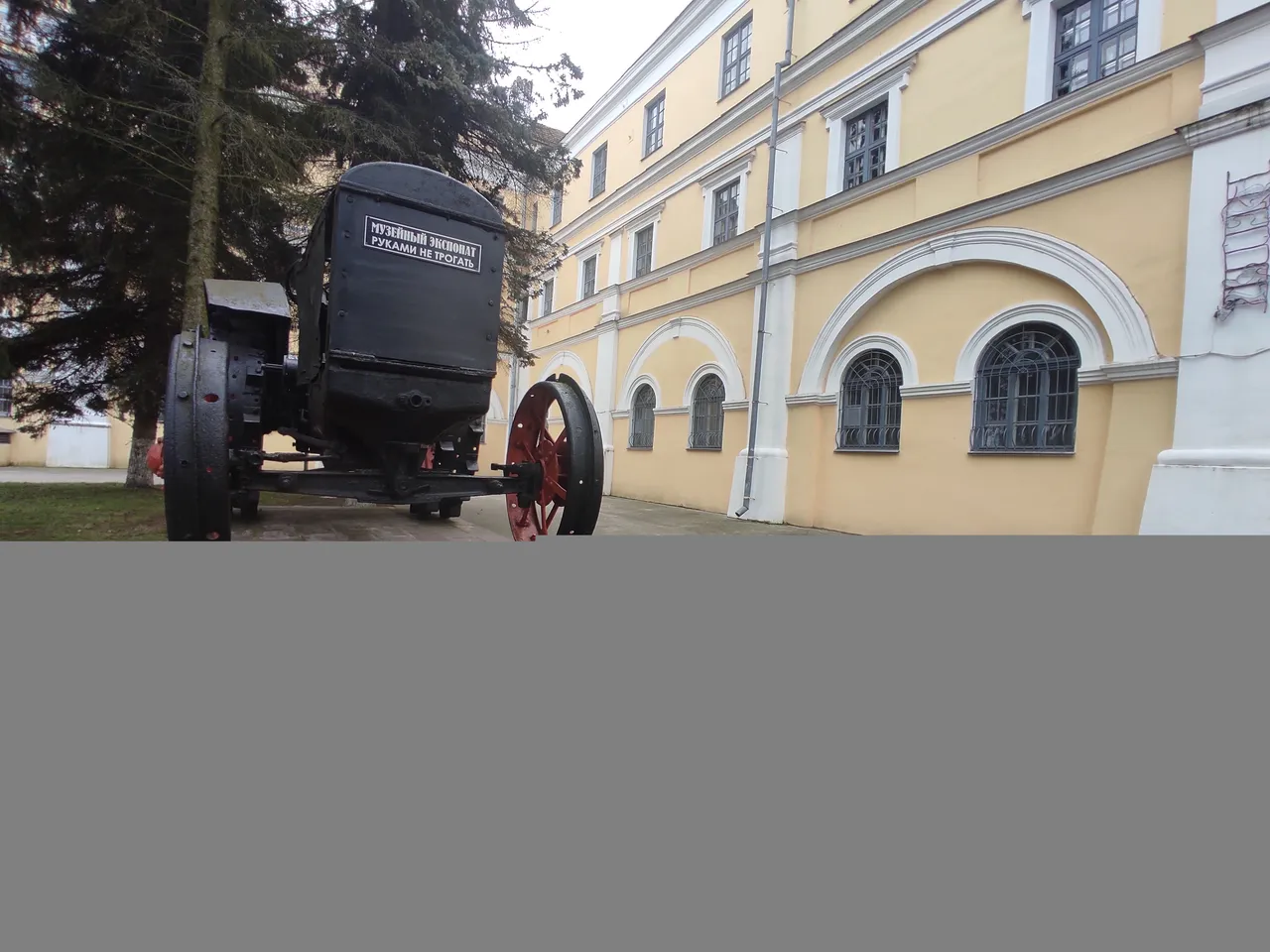
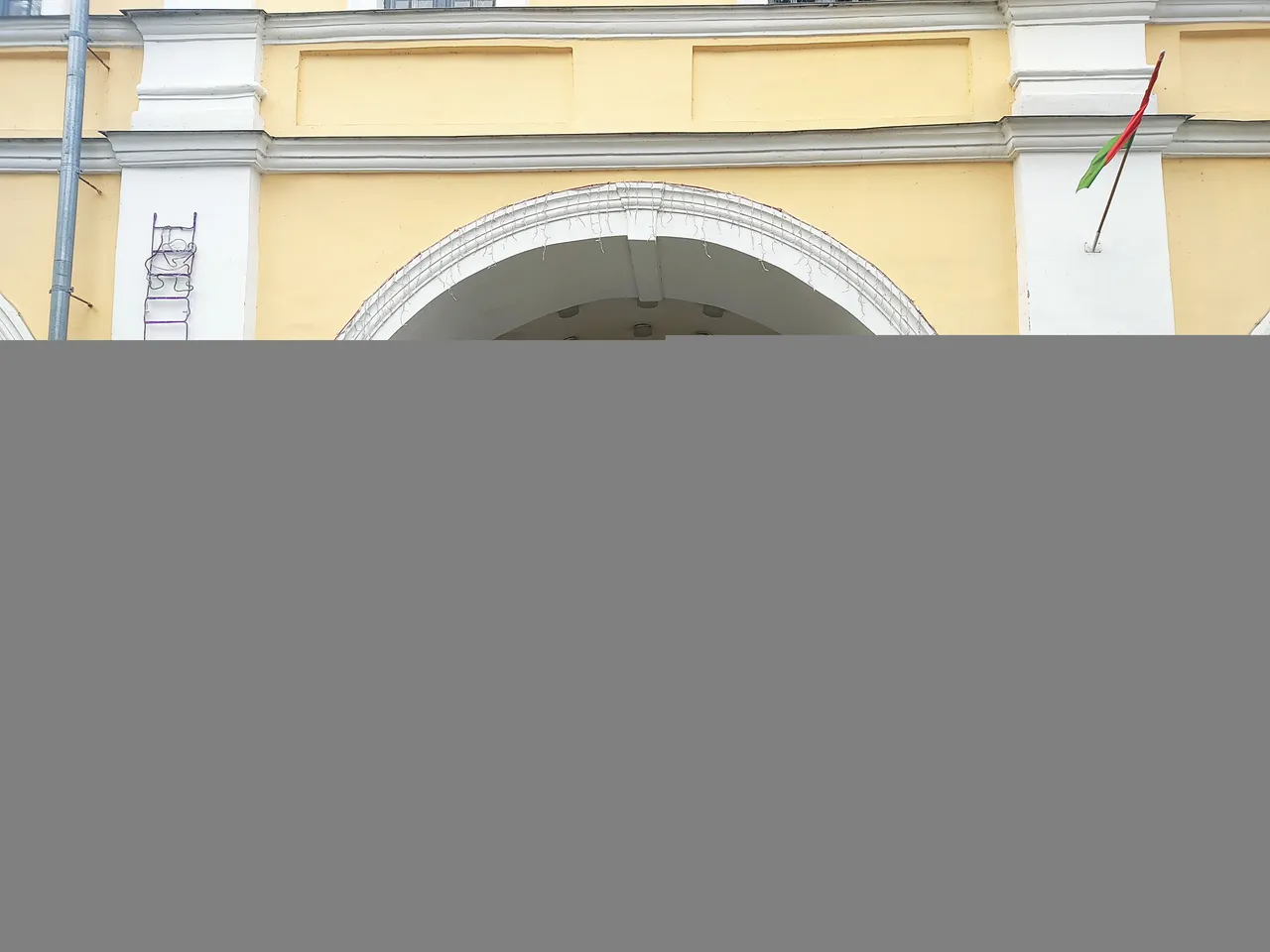
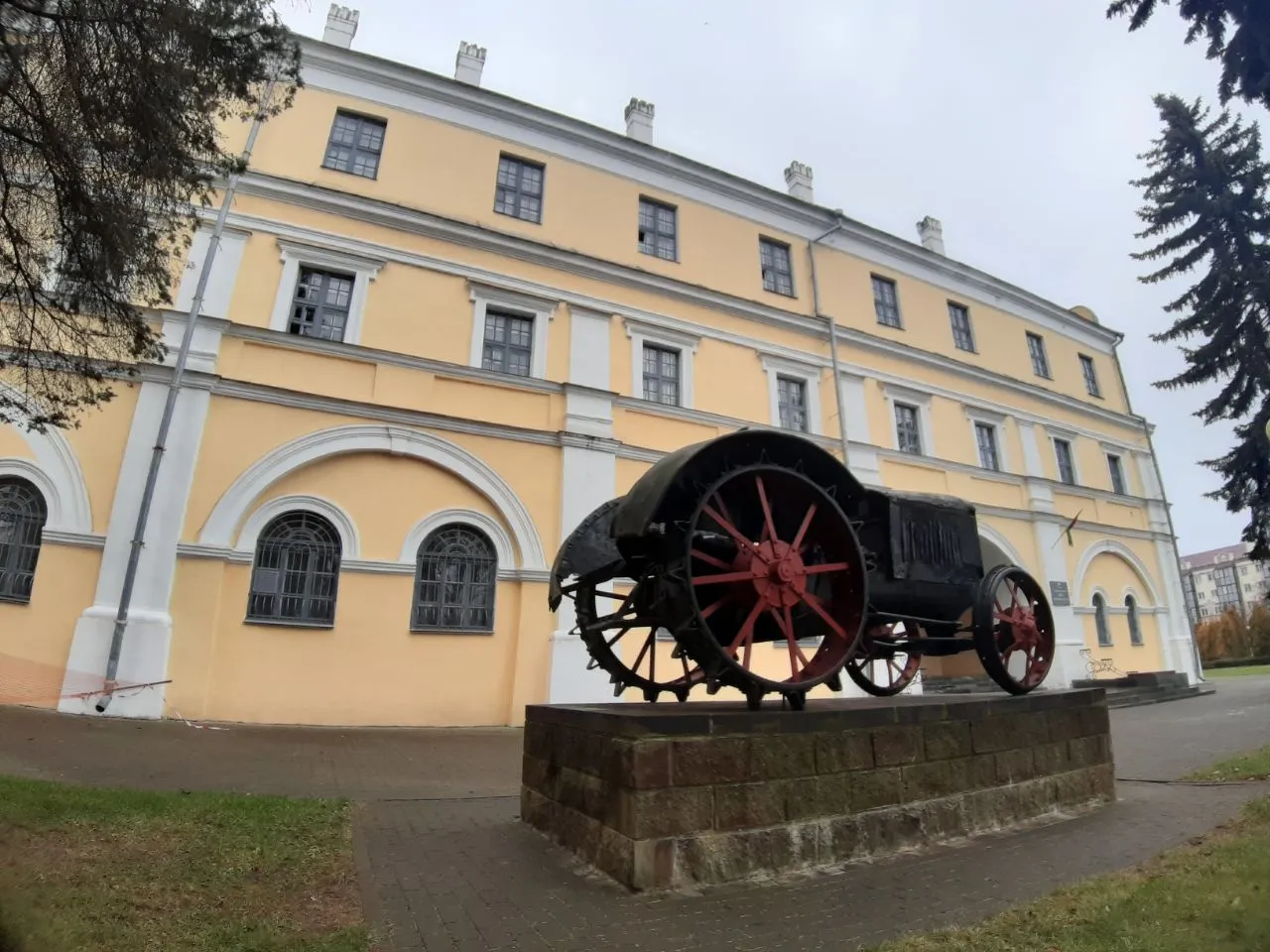
At present, the Pinsk Collegium has an art gallery and a museum. Inside the building has retained its former appearance, but not outside. During my visit, it was a holiday and the entrance was closed. But this is a great opportunity to come back and get acquainted with the interior decoration of the Pinsk Jesuit Collegium. I'm sure there are many interesting things inside!
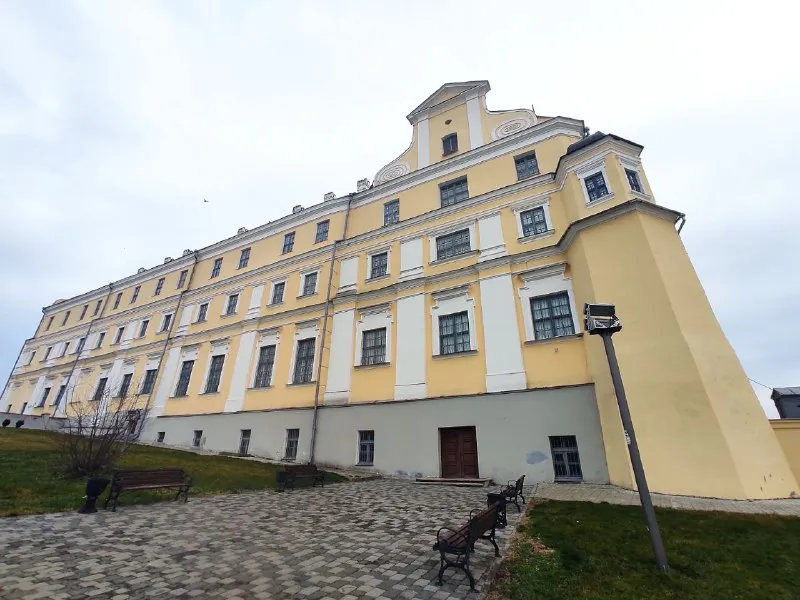
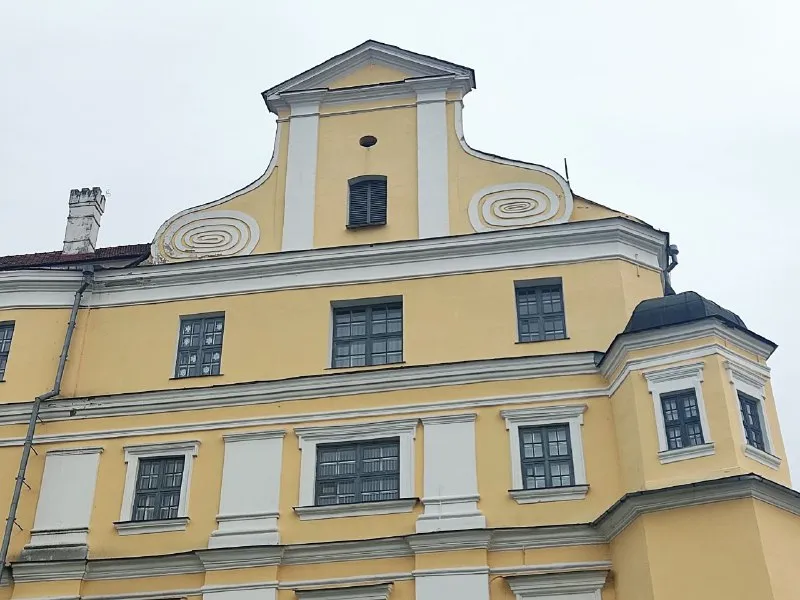
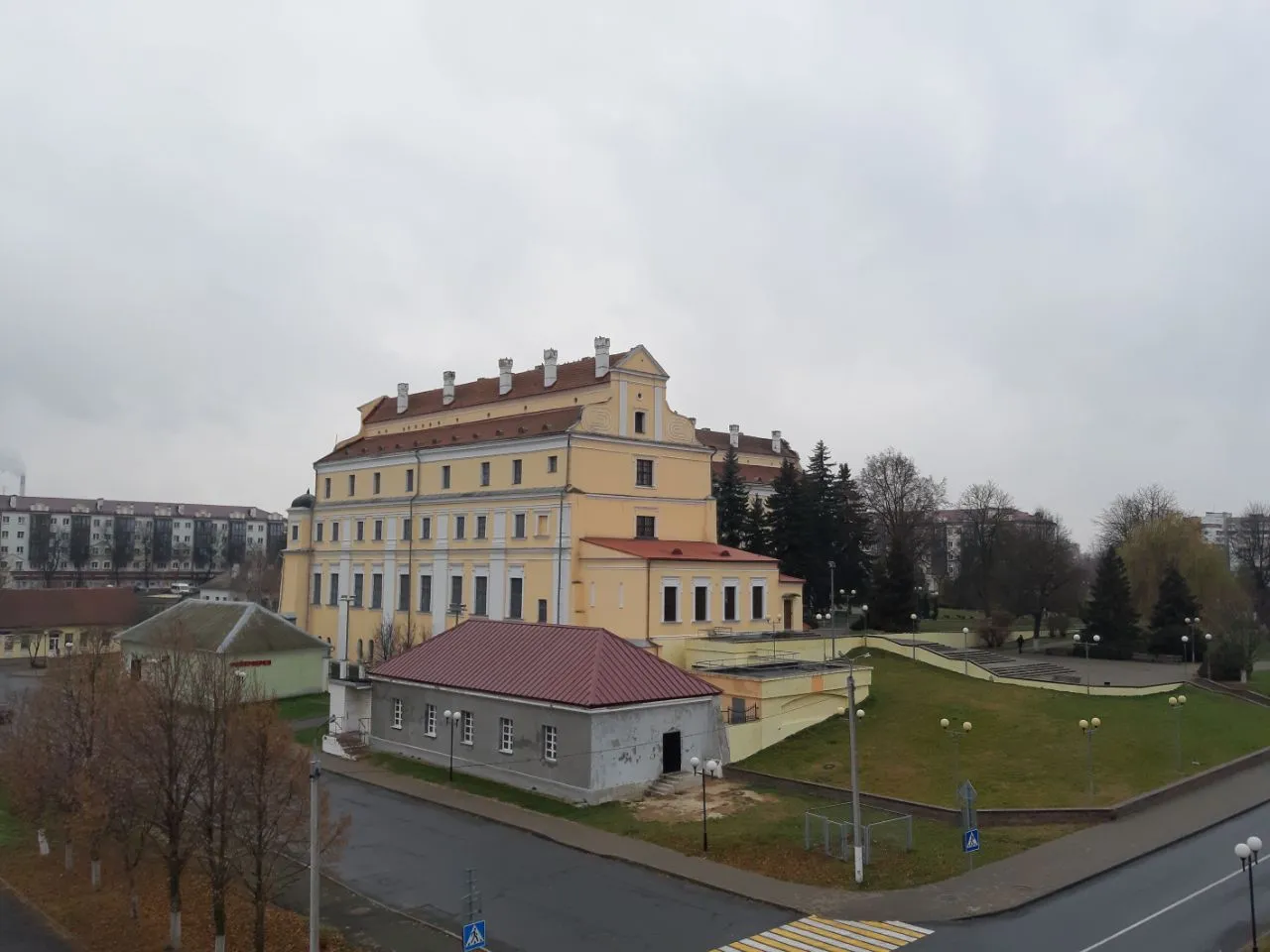
Photo information:
Author: @danny.green
Camera: Xiaomi Redmi Note 9 Pro
Location: Mogilev, Belarus
Thanks to everyone who reads and supports. Best regards from @danny.green.